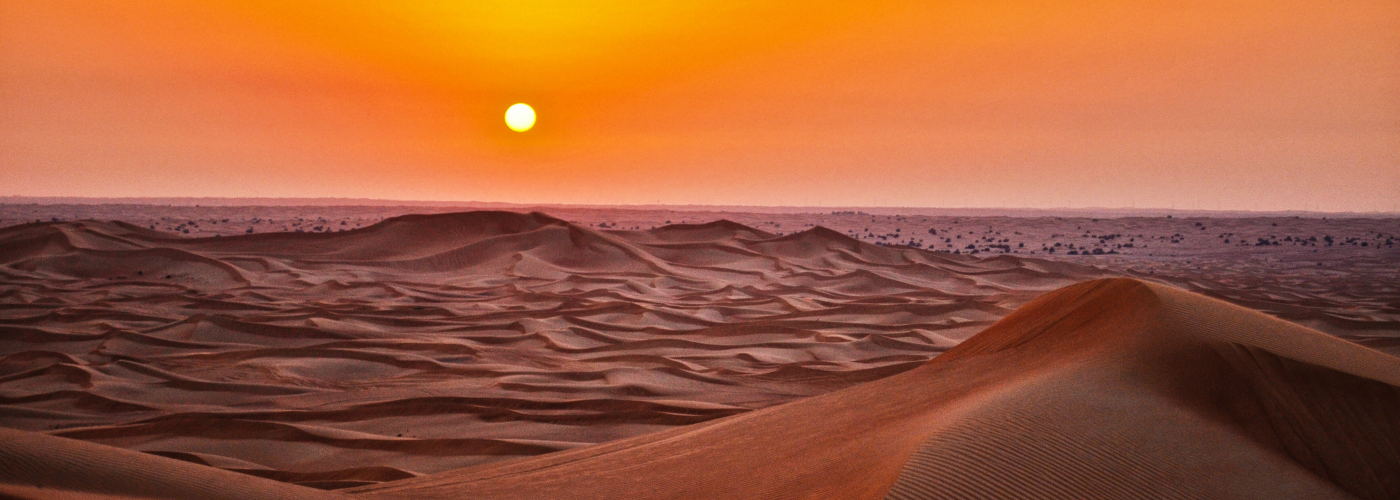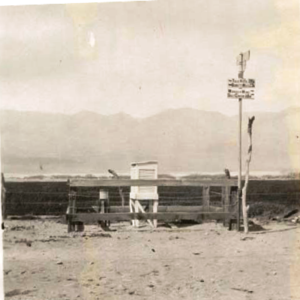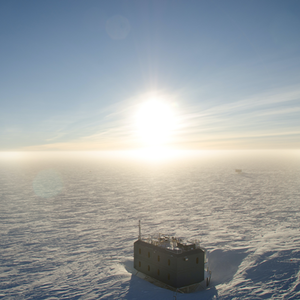

Heatwaves, cold blasts, droughts, and floods are the sorts of extreme weather that often end up in the news headlines. Each new event may seem like the worst or most extreme that has ever been experienced by those having to endure them. Beyond the hype, though, what actually are some of the world records for extreme weather?
Until just a few years ago, the old world record for the hottest shade temperature ever recorded was 136.4°F measured at El Azizia, Libya on September 13, 1922. However, this reading has now been deemed invalid for several reasons including problems with the instrument, inexperienced observers, an instrument site that was not similar to its surroundings, as well as that site’s temperature being too high compared to others in the region. Thus, the current record for world’s hottest shade temperature is actually from the United States. Death Valley hit 134°F on July 10, 1913.
There is comparatively less argument over the coldest natural temperature ever recorded, that being −128.6 °F at Vostok Station, Antarctica on July 21, 1983. In fact, the coldest temperatures in Antarctica are at least 30 degrees colder than those on any other continent. This is largely due to Antarctica’s relatively high elevation, with much of the continent above 9,800 feet in elevation, the extended periods of calm, clear, and dark winter conditions, especially in the Antarctic interior, and the earth being the farthest away from the Sun during the Southern Hemisphere’s winter.
Deserts, while certainly dry, usually receive at least some meager precipitation most years. However, some locations in the Atacama Desert of Chile and in the McMurdo Dry Valleys of Antarctica can go decades, even centuries, without any precipitation. The current record for the longest dry period is 172 months, or 14.33 years at the coastal city of Arica, Chile. However, some more remote locations away from the coast, who have gotten weather instruments more recently, just in the past few decades, may have recorded an even longer stretch of dry weather, with Quillagua having no measurable precipitation since 1992. Potentially far more extreme are the McMurdo Dry Valleys of Antarctica which have seen no precipitation for nearly 2 million years! Without direct measurement by weather instruments, though, the current record remains in Chile.
The record for world’s wettest location varies based on the duration of the rainy streak. If it’s the most intense, brief downpour you are after, then the 1.23 inches in one minute on July 4, 1956 in Unionville, MD is tops. The one hour record for rainfall also comes from the United States with an incredible 12 inches of rain on June 22, 1947. Thereafter, the majority of the rainfall records come from the island of La Réunion, to the east of Madagascar in the south Indian Ocean. When Tropical Cyclone Denise passed by the island in 1966, the storm broke the record for the greatest 12 and 24-hour rainfall amounts of 45 inches and 71.8 inches, respectively. Another Tropical Cyclone, Gamede, set 3-day and 4-day rainfall records of 154.72 inches and 194.33 inches. Finally, the yearly rainfall record is an astounding 1,042.0 inches (nearly 87 feet) at Cherrapunji, India from 1860-1861. This location receives monsoonal rains, which are also enhanced by orographic (mountain) lift.

